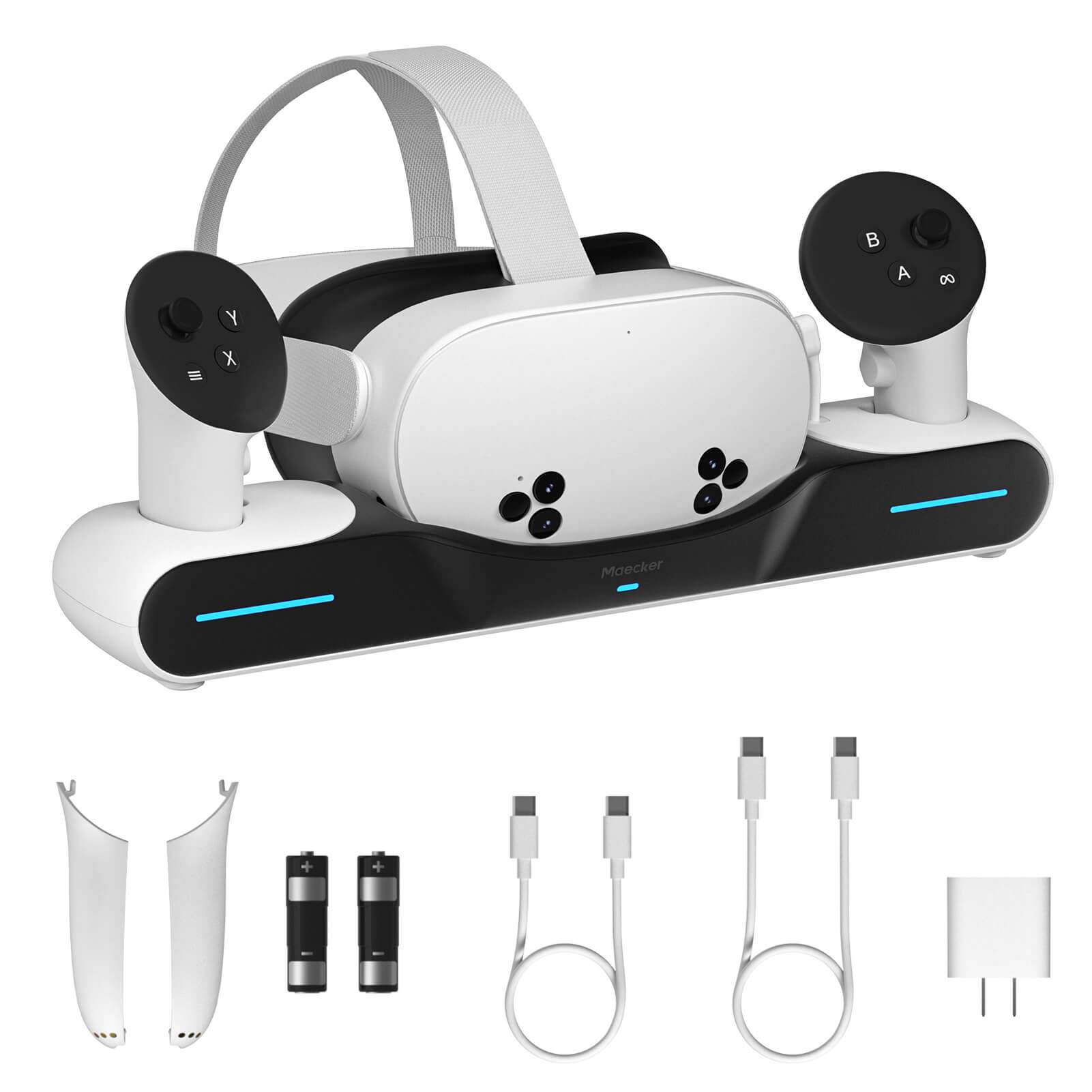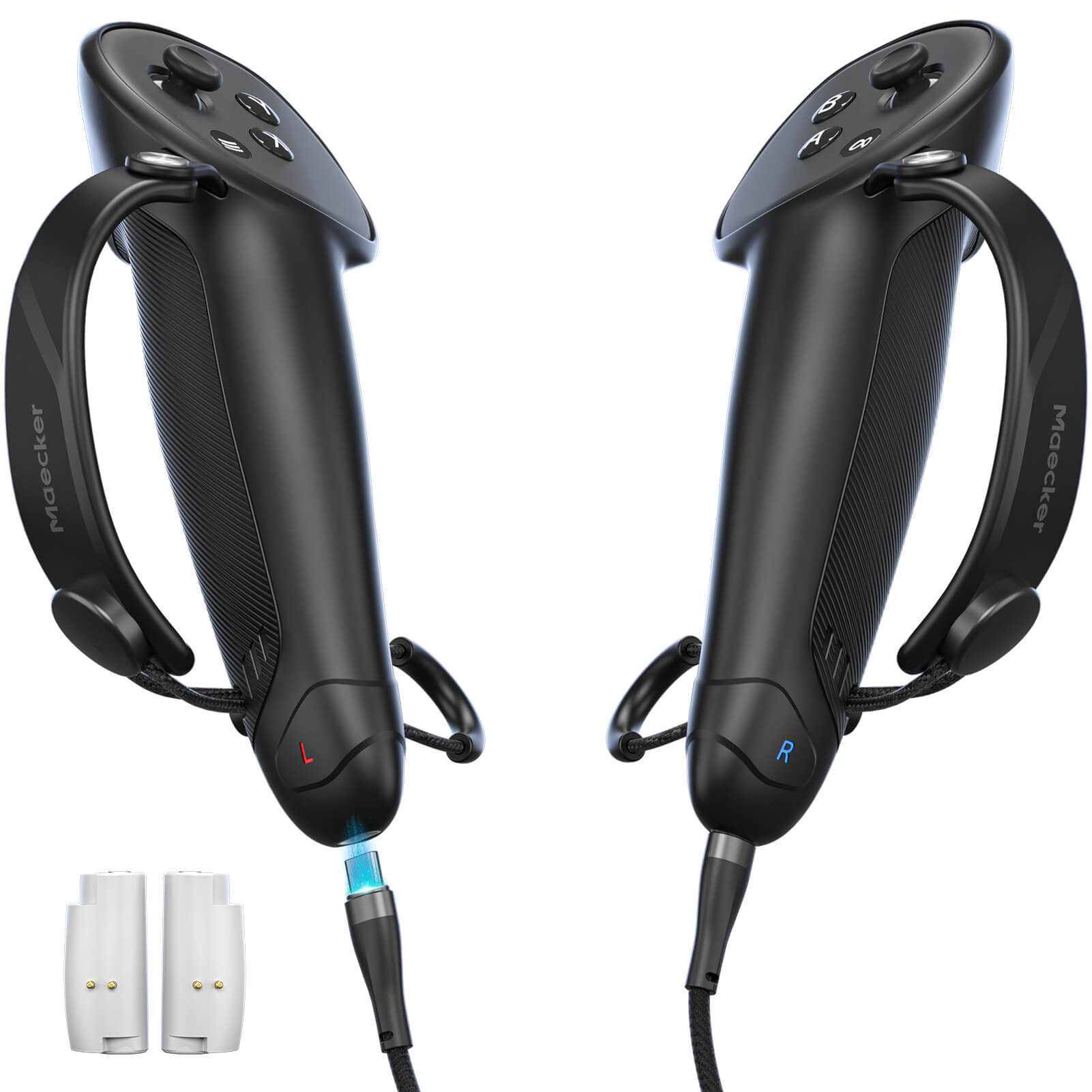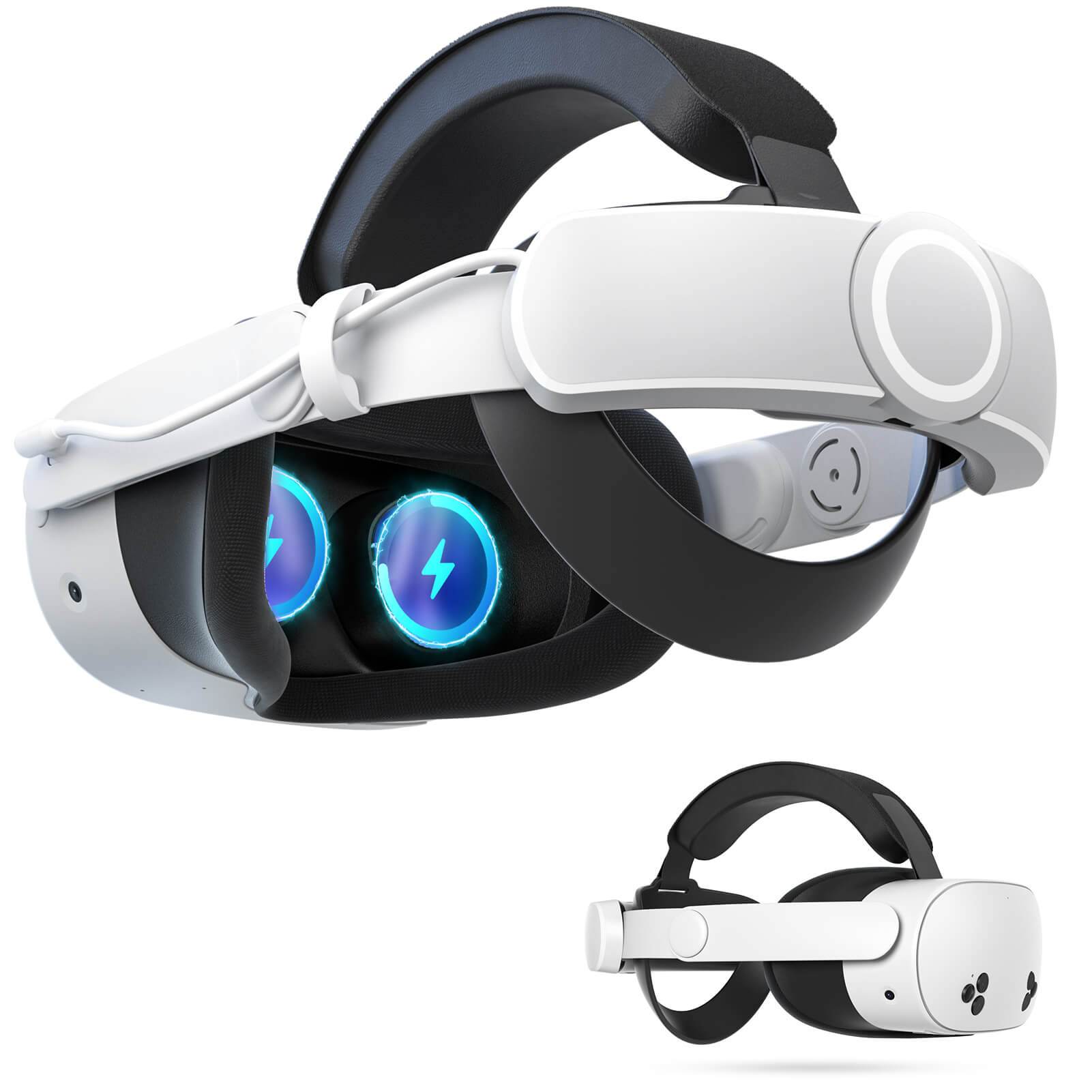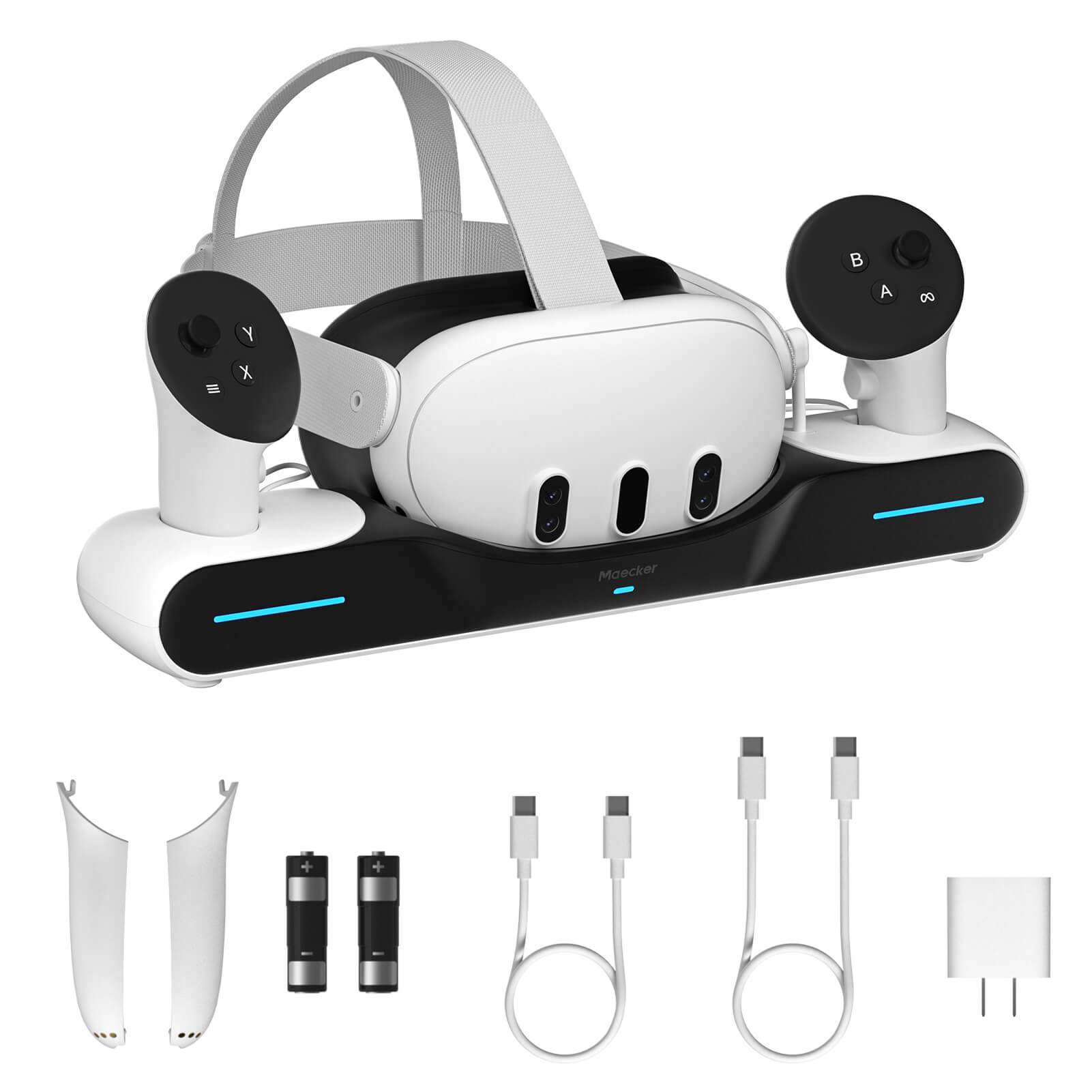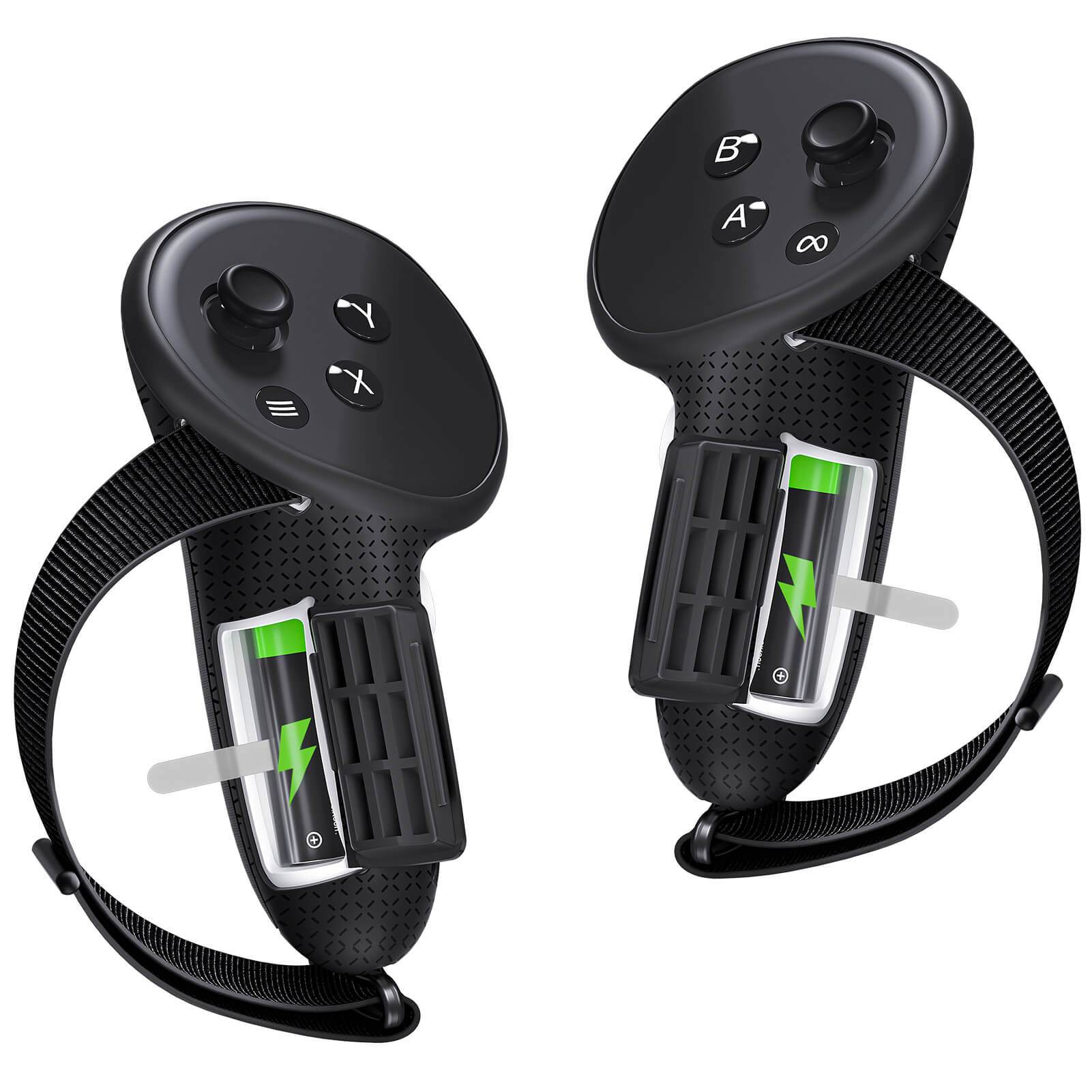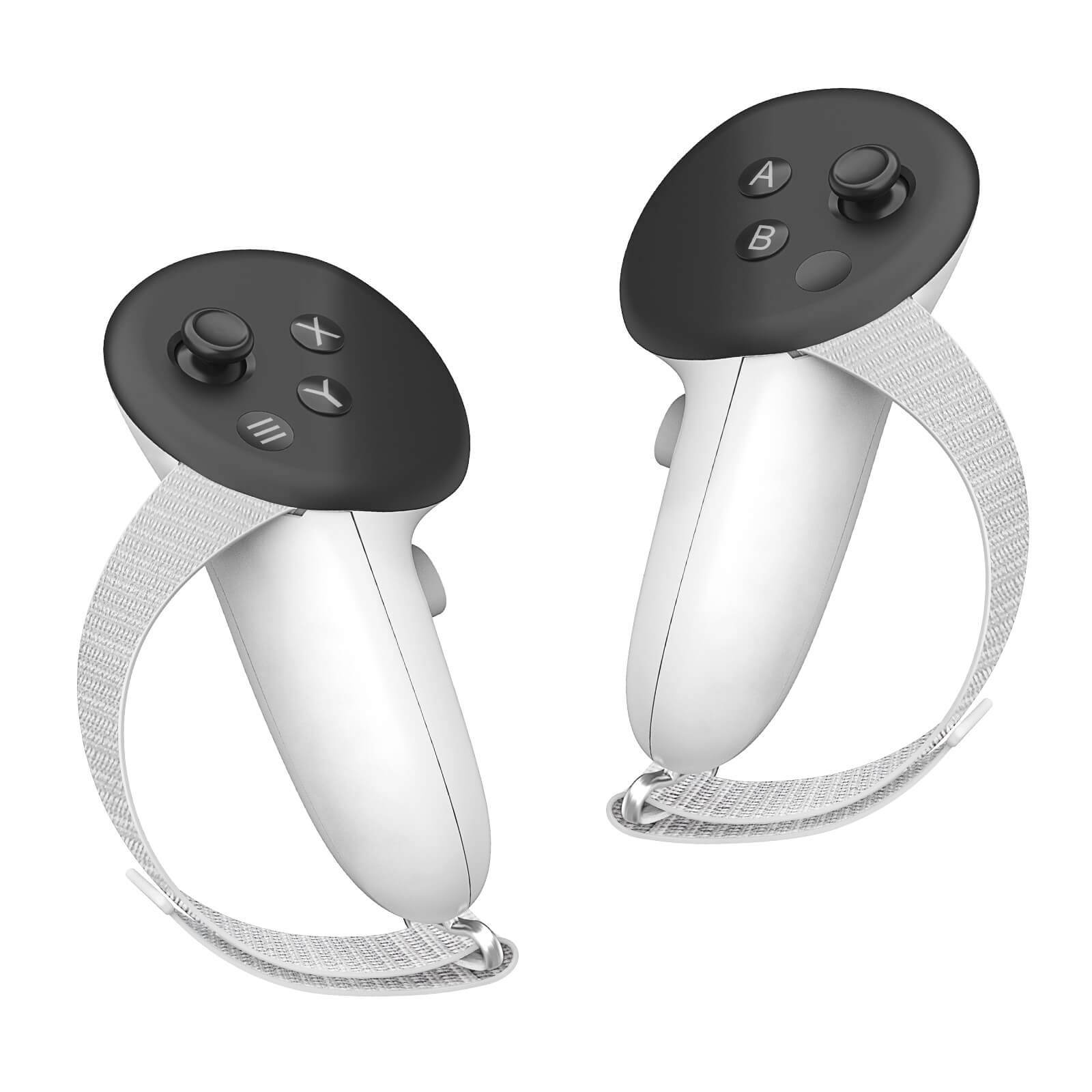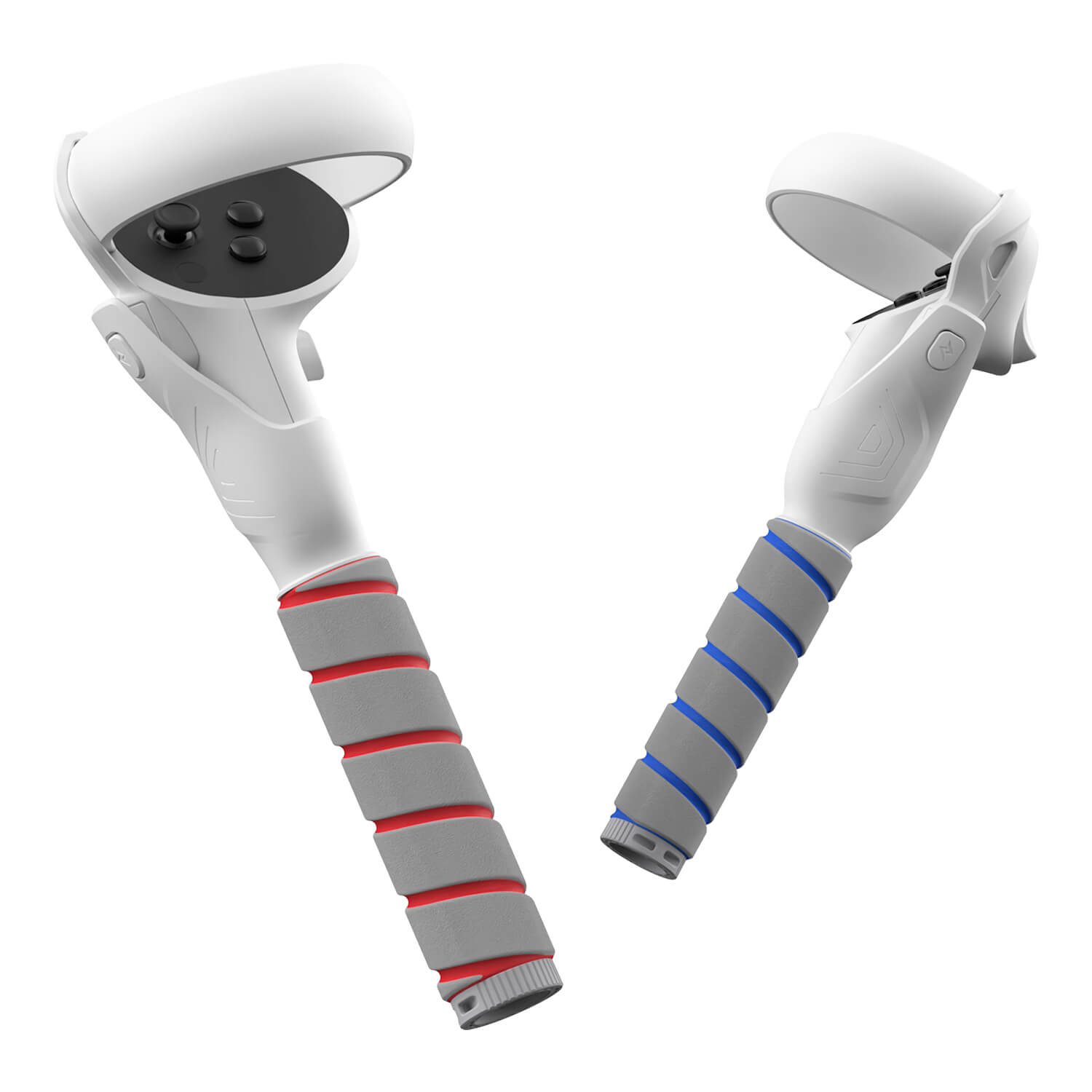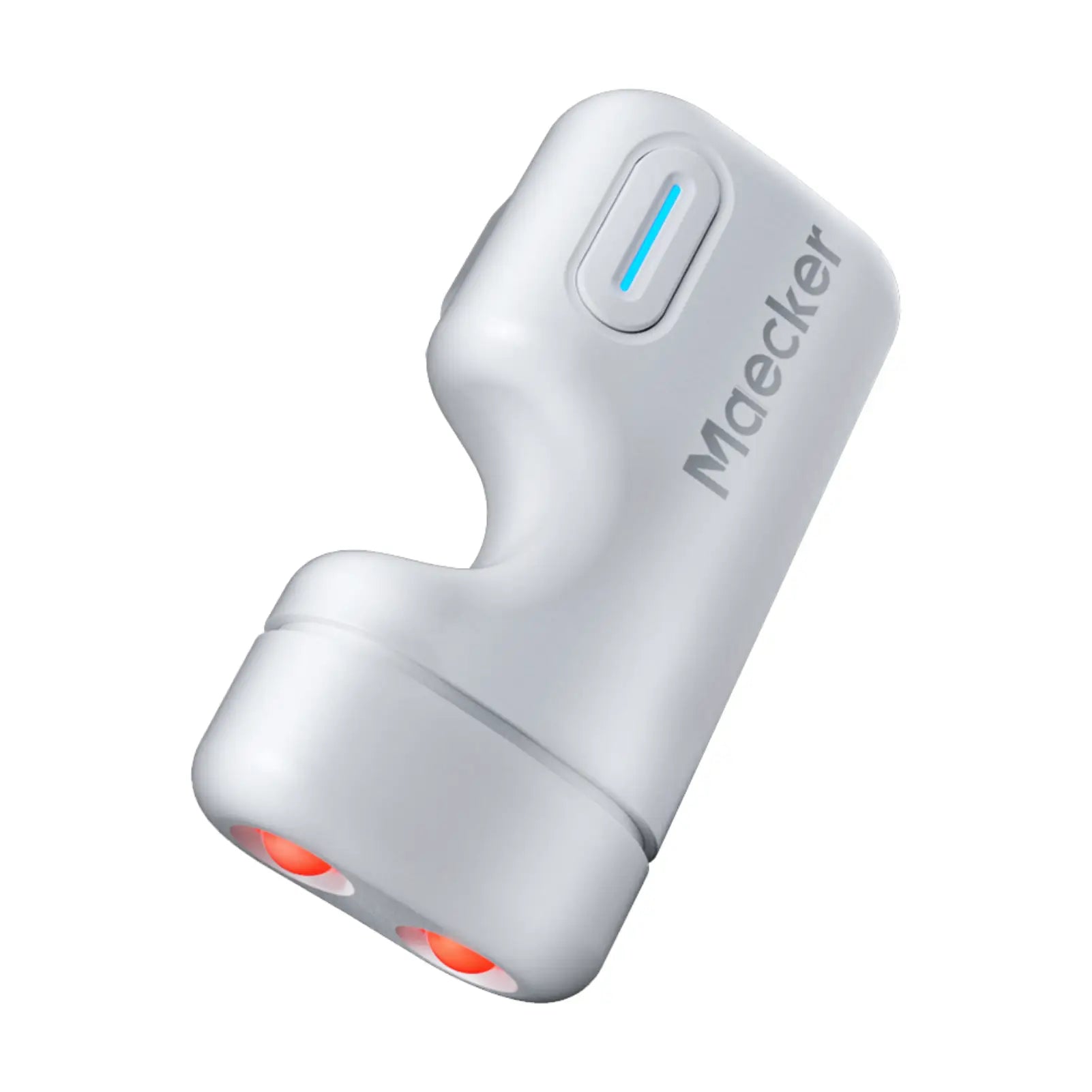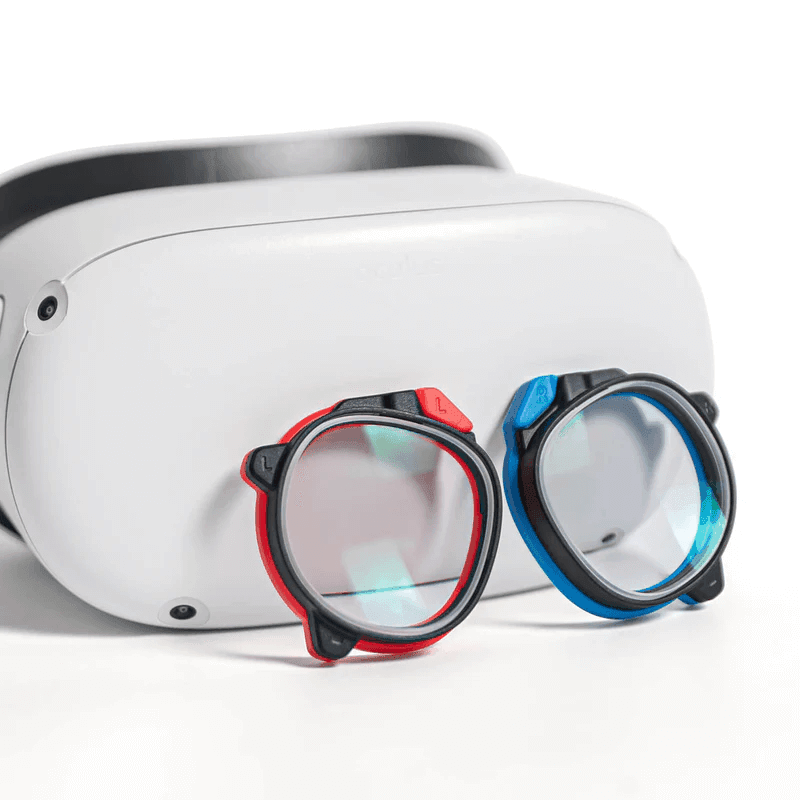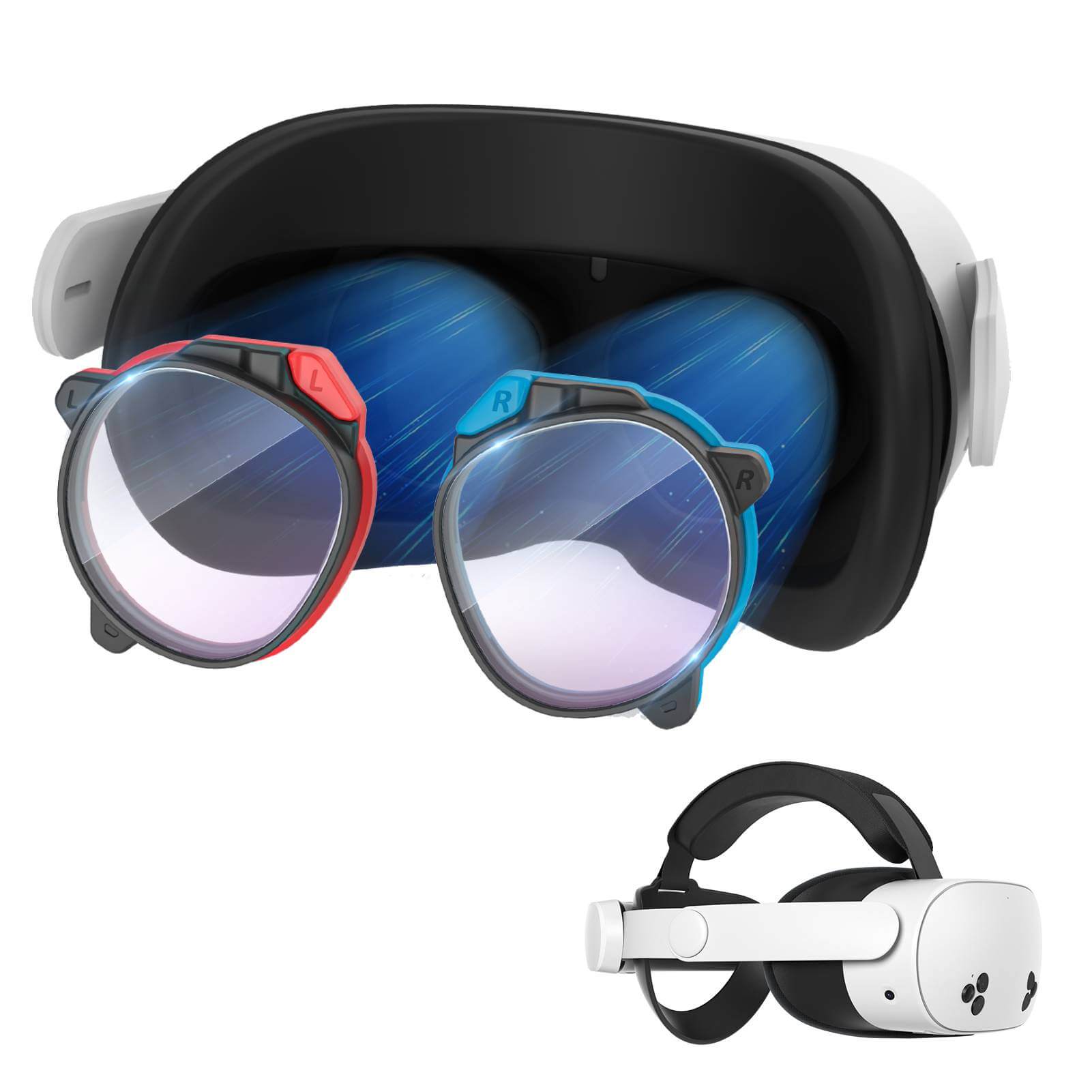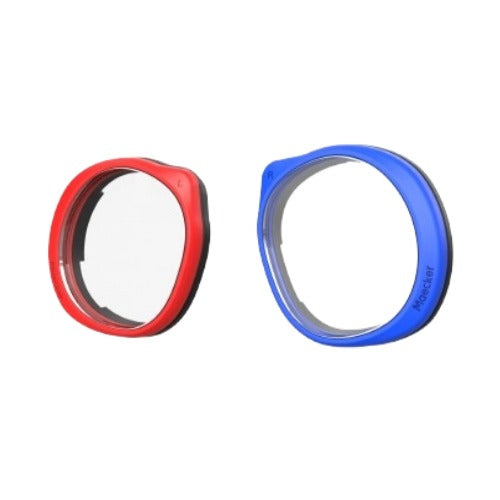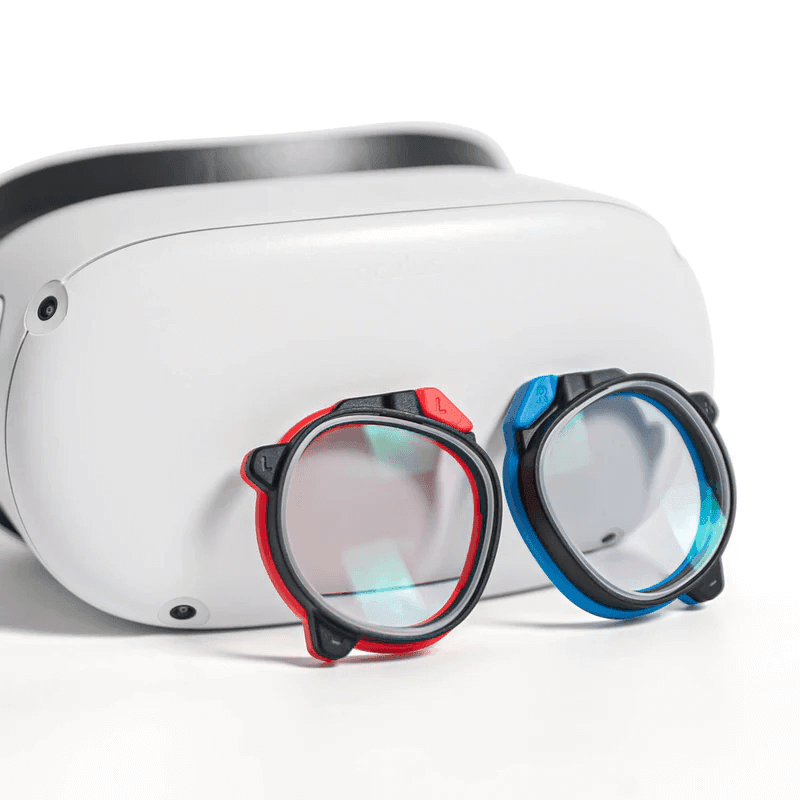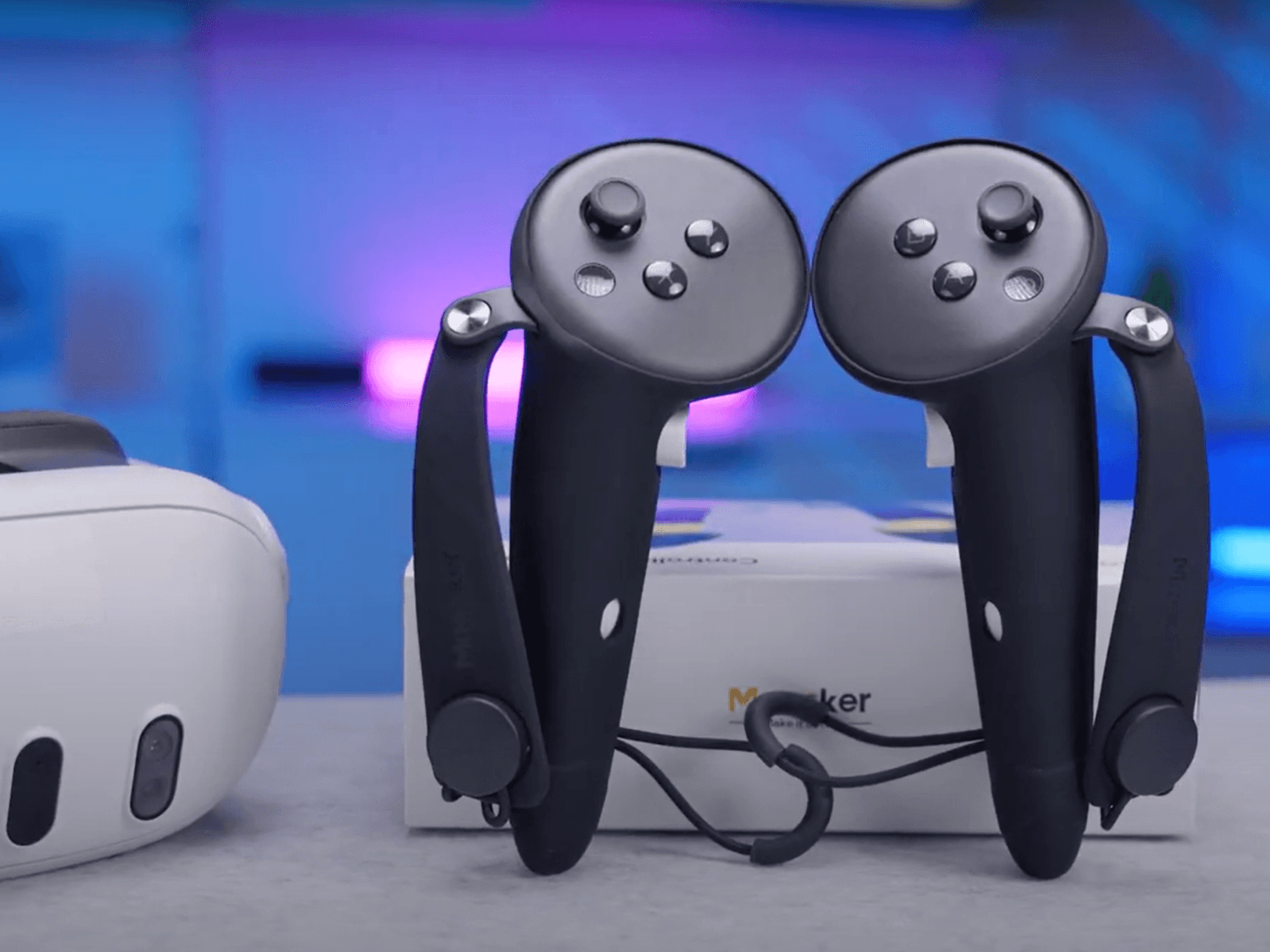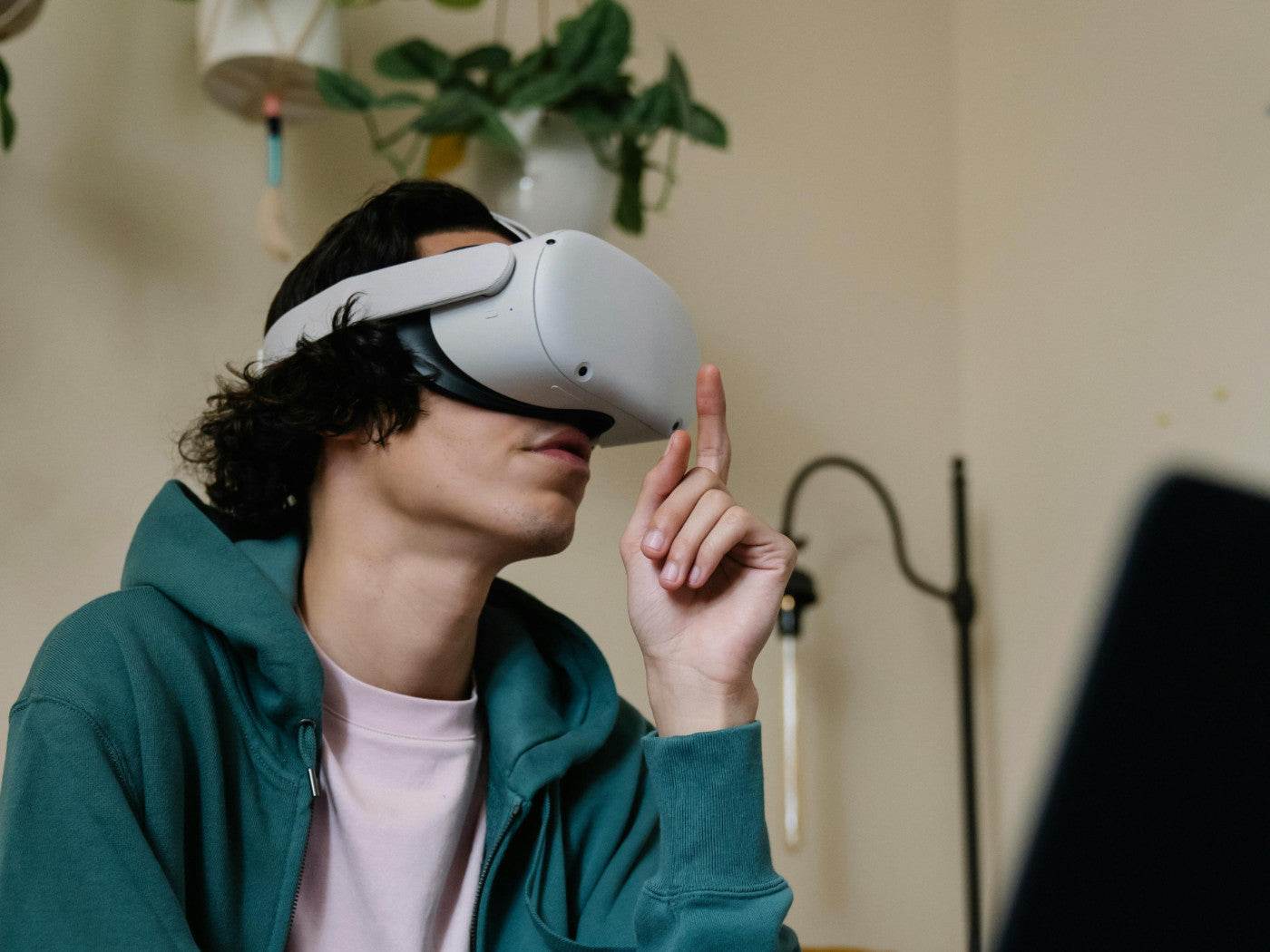Choisir le bon casque de réalité virtuelle peut avoir un impact considérable sur votre expérience de réalité virtuelle. Avec la popularité croissante de la réalité virtuelle, choisir le bon casque peut être intimidant, surtout avec la variété d'options disponibles. Ce guide décrira les facteurs essentiels à prendre en compte lors de l'achat d'un casque de réalité virtuelle, vous aidant à faire un choix éclairé qui correspond à la fois à vos besoins et à votre budget.
1. Gamme de prix et budget

L’un des premiers éléments à prendre en compte lors de l’achat d’un casque VR est le prix. Les casques VR vont des modèles abordables aux appareils haut de gamme dotés de fonctionnalités avancées. Votre budget déterminera en grande partie le type de casque que vous pouvez acheter.
Casques d'entrée de gamme
Ces casques sont généralement plus abordables, idéaux pour les débutants ou les utilisateurs occasionnels. Ils peuvent avoir une résolution inférieure et moins de fonctionnalités, mais peuvent néanmoins offrir une bonne introduction à la réalité virtuelle.
Le Meta Quest 2 est un casque VR autonome très apprécié qui ne nécessite ni PC ni console pour fonctionner. Il est convivial et offre une expérience sans fil, ce qui le rend idéal pour les débutants. Le Quest 2 offre un bon équilibre entre performances et prix abordable, avec une résolution décente et un accès à une large gamme de jeux et d'applications VR.
Casques milieu de gamme
Ces modèles offrent un bon équilibre entre prix et performances. Ils offrent généralement une meilleure résolution, un meilleur suivi et des expériences plus immersives par rapport aux modèles d'entrée de gamme.
Le casque PlayStation VR2 est conçu pour fonctionner avec la console PlayStation 5, offrant une expérience de jeu immersive avec des fonctionnalités plus haut de gamme que les casques d'entrée de gamme. Il bénéficie d'une résolution améliorée, d'un champ de vision plus large et d'un retour haptique avancé.
Casques haut de gamme
Ces logiciels sont conçus pour les passionnés ou les utilisateurs professionnels qui souhaitent bénéficier de la meilleure expérience possible. Ils nécessitent souvent des ordinateurs puissants pour fonctionner, mais offrent une résolution, un suivi et des performances globales supérieurs.
L'Apple Vision Pro représente la pointe de la technologie de réalité virtuelle. Il associe une résolution 4K par œil à une technologie de calcul spatial avancée, ce qui en fait non seulement un casque de réalité virtuelle, mais aussi un appareil de réalité mixte polyvalent.
2. Résolution d'affichage
La résolution d'un casque VR est un facteur crucial qui affecte directement la clarté des images que vous voyez. Une résolution plus élevée signifie plus de pixels, ce qui conduit à des images plus nettes et à une expérience plus réaliste.
Résolution par œil
La résolution est généralement indiquée par œil, par exemple 1440 x 1700 par œil. Cela est important car plus l'écran est proche de vos yeux, plus la pixellisation devient visible.
Effet porte moustiquaire
Les casques à faible résolution peuvent présenter un « effet de porte d'écran », où vous pouvez voir les espaces entre les pixels. Cela peut nuire à l'expérience immersive. Les modèles à résolution plus élevée minimisent cet effet.
3. Champ de vision (FOV)
Un champ de vision plus large offre une expérience plus immersive, vous permettant de voir une plus grande partie de l'environnement virtuel à la fois. Cela peut être particulièrement important dans les applications de jeu ou de simulation où la connaissance de la situation est essentielle.
La plupart des casques de réalité virtuelle offrent un champ de vision compris entre 100° et 110°. Bien que des champs de vision plus larges soient préférables, ils peuvent également s'accompagner de compromis en termes de coût et de poids de l'appareil.
4. Taux de rafraîchissement
Le taux de rafraîchissement correspond à la vitesse à laquelle les images sur l'écran sont mises à jour, mesurée en images par seconde (FPS). Un taux de rafraîchissement plus élevé contribue à des visuels plus fluides et réduit le flou de mouvement, ce qui est particulièrement important dans les jeux ou applications rapides.
Pour une expérience fluide, recherchez des casques avec un taux de rafraîchissement d'au moins 90 FPS. Cela minimise la latence et aide à prévenir le mal des transports. Certains modèles haut de gamme offrent des taux de rafraîchissement de 120 FPS ou plus, ce qui peut rendre l'expérience encore plus fluide.
5. Technologie de suivi
La technologie de suivi des casques de réalité virtuelle est importante pour traduire vos mouvements dans le monde virtuel. Il existe deux principaux types de suivi : de l'extérieur vers l'intérieur et de l'intérieur vers l'extérieur.
Suivi de l'extérieur vers l'intérieur
Cette méthode utilise des capteurs externes placés autour de votre zone de jeu pour suivre la position du casque et des contrôleurs. Elle est connue pour sa précision mais nécessite plus de configuration.
Suivi de l'intérieur vers l'extérieur
Cette méthode utilise des caméras intégrées au casque pour suivre vos mouvements. Elle est plus facile à configurer et plus portable, mais peut ne pas être aussi précise que le suivi de l'extérieur vers l'intérieur.
3DoF contre 6DoF
Certains casques offrent 3 degrés de liberté (3DoF), qui suivent uniquement l'orientation de la tête, tandis que d'autres offrent 6 degrés de liberté (6DoF), qui suivent à la fois l'orientation et la position de la tête. Pour une expérience plus immersive, 6DoF est recommandé.
6. Casques autonomes ou connectés
Les casques autonomes disposent d'une puissance de calcul intégrée et ne nécessitent pas de connexion à un PC ou à une console. Ils sont pratiques et portables, mais peuvent offrir des performances inférieures à celles des casques filaires.
En revanche, les casques filaires nécessitent une connexion à un PC ou à une console de jeu, qui fournit la puissance de traitement. Ils offrent souvent de meilleures performances, une résolution plus élevée et des graphismes plus détaillés, mais au détriment de la mobilité.
Choisissez en fonction de la manière dont vous prévoyez d'utiliser votre casque de réalité virtuelle et de l'endroit où vous le souhaitez. Les casques autonomes sont parfaits pour les utilisateurs occasionnels ou ceux qui ont besoin de mobilité, tandis que les casques filaires sont mieux adaptés aux joueurs sérieux ou aux professionnels.
7. Confort et ergonomie
Le confort est un facteur clé, surtout si vous prévoyez d'utiliser votre casque VR pendant de longues périodes. Tenez compte du poids du casque, de la qualité du rembourrage et de la façon dont il s'adapte à votre tête.
Un casque bien équilibré réduit la tension exercée sur votre cou et vos épaules. Les modèles plus légers sont généralement plus confortables pour les longues sessions. Recherchez des casques avec des sangles réglables et un rembourrage de haute qualité. Cela garantit un ajustement parfait et réduit les points de pression.
8. Compatibilité et disponibilité du contenu
Vérifiez si le casque fonctionne avec votre console de jeu ou votre PC actuel. Certains casques sont conçus spécifiquement pour certains systèmes, comme le PlayStation VR pour les consoles PlayStation. Vous devriez également explorer la bibliothèque de contenu disponible. Un casque avec une sélection plus large de jeux et d'applications offrira plus de valeur au fil du temps.
9. Accessoires et coûts supplémentaires
Pensez aux accessoires dont vous pourriez avoir besoin pour profiter pleinement de votre expérience de réalité virtuelle. Certains casques sont livrés avec tout ce dont vous avez besoin, tandis que d'autres nécessitent des achats supplémentaires.
Accessoires recommandés pour Meta Quest
1. Sangle de tête de batterie MaeckerVR Meta Quest 2/3
2. Station de chargement MaeckerVR Quest 3
3. Poignées de contrôleur à charge directe MaeckerVR Quest 3
Conclusion
Choisir le bon casque de réalité virtuelle implique de prendre en compte différents facteurs tels que le prix, la résolution, le champ de vision, le taux de rafraîchissement, la technologie de suivi et le confort. En examinant attentivement ces aspects, vous pouvez sélectionner un casque qui répond à vos besoins et offre une expérience de réalité virtuelle immersive et agréable.

